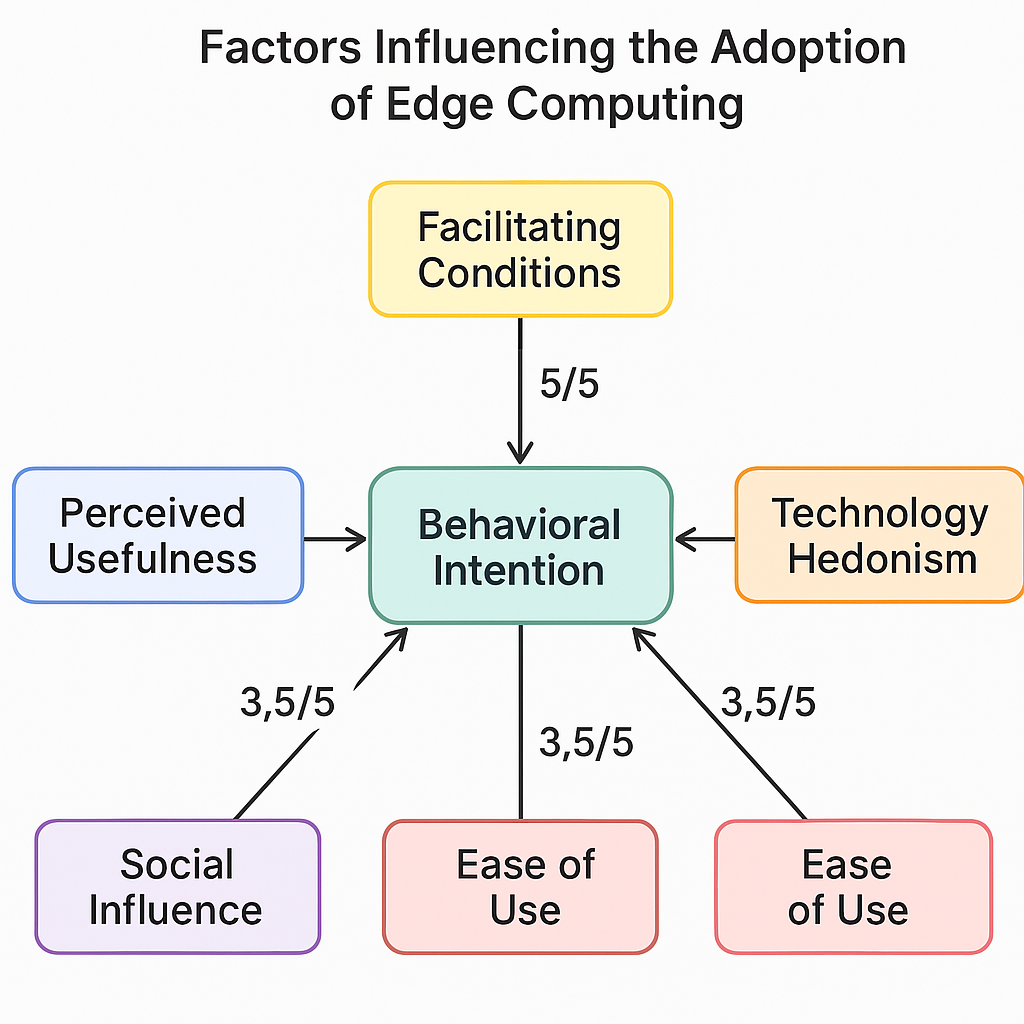A Framework for Adopting Enhanced Augmented Reality Technology through Edge Computing: A Case Study of Yemen
Keywords:
Augmented Reality, Edge Computing, Cloud Computing, TAM Model, UTAUT2 Model, Mixed-Methods Approach.Abstract
As technological advancements accelerate globally, it is crucial for emerging markets like Yemen to keep up with these changes to make the most of modern technology. In particular, Augmented Reality (AR) technology offers significant potential to improve operations across sectors such as education, healthcare, trade, and tourism. Yemen, despite its developing position in the telecommunications and information technology sectors, is experiencing a recovery in computing services, driven largely by policies that promote local data centers to ensure information security. This proximity to data storage and processing facilities provides a unique opportunity to implement AR more efficiently and effectively. This paper proposes a framework for adopting AR technology using Edge Computing (EC) in Yemen. EC technology allows data to be processed and stored closer to end users, reducing the need to rely on remote data centers and ensuring unique interactive immersive experiences. The proposed framework was built using two established models: The Technology Acceptance Model (TAM) and The Unified Theory of Acceptance and Use of Technology (UTAUT2), informed by on-the-ground insights from key technology and telecom entities in Yemen. The research results showed that Perceived Usefulness and Facilitating Conditions received the highest scores (5/5), indicating their critical role in the adoption of edge computing, while Ease of Use and Social Influence scored lower (3.5/5) due to existing technical and societal limitations.
Downloads

Published
How to Cite
Issue
Section
Copyright (c) 2025 Nabeel T. Alsohybe, Roaa Mousa Albanaa

This work is licensed under a Creative Commons Attribution-NonCommercial-NoDerivatives 4.0 International License.
